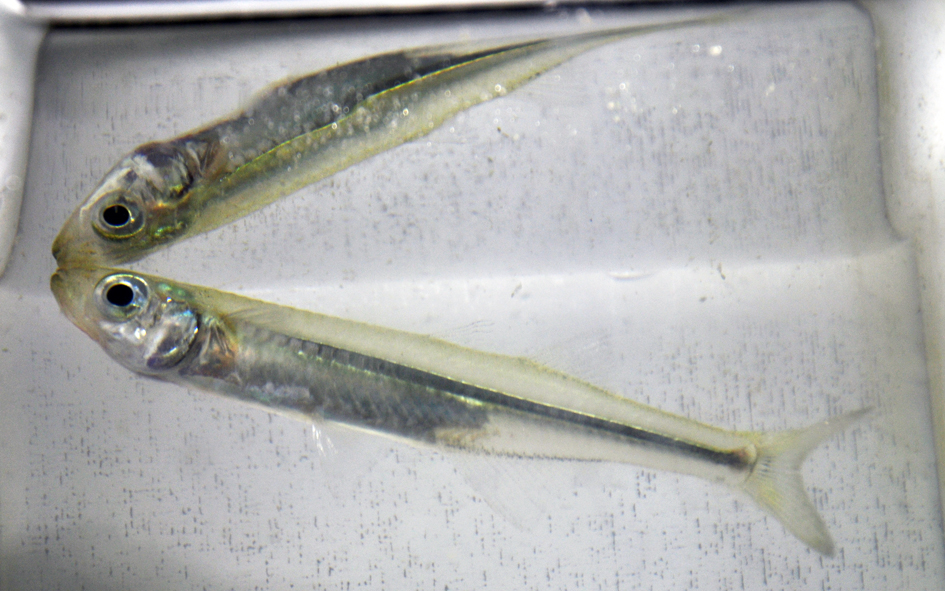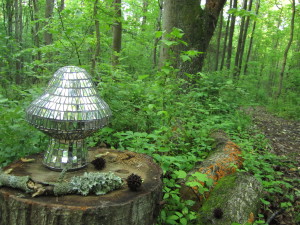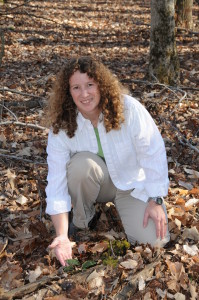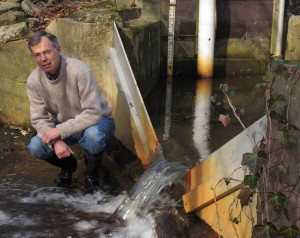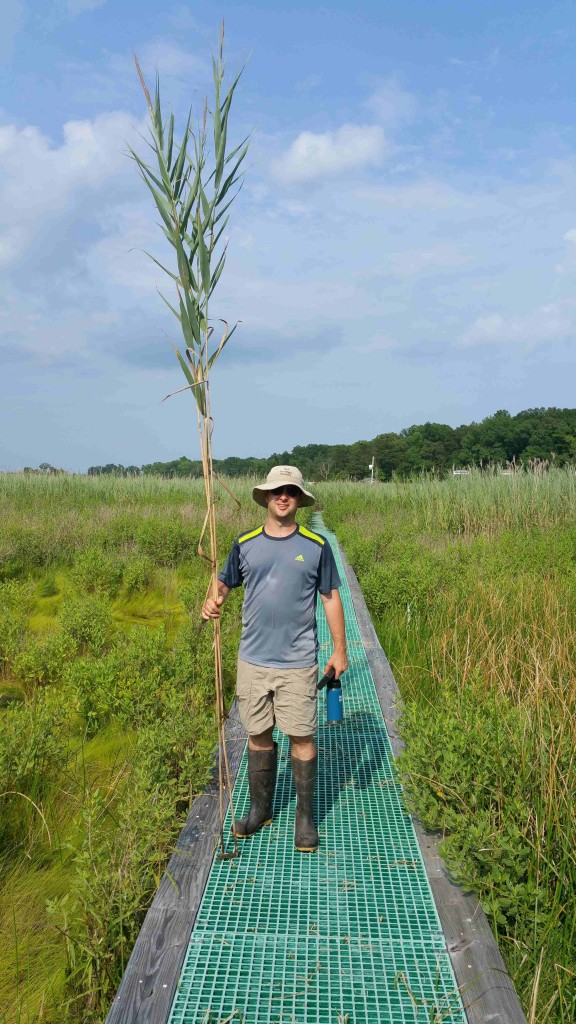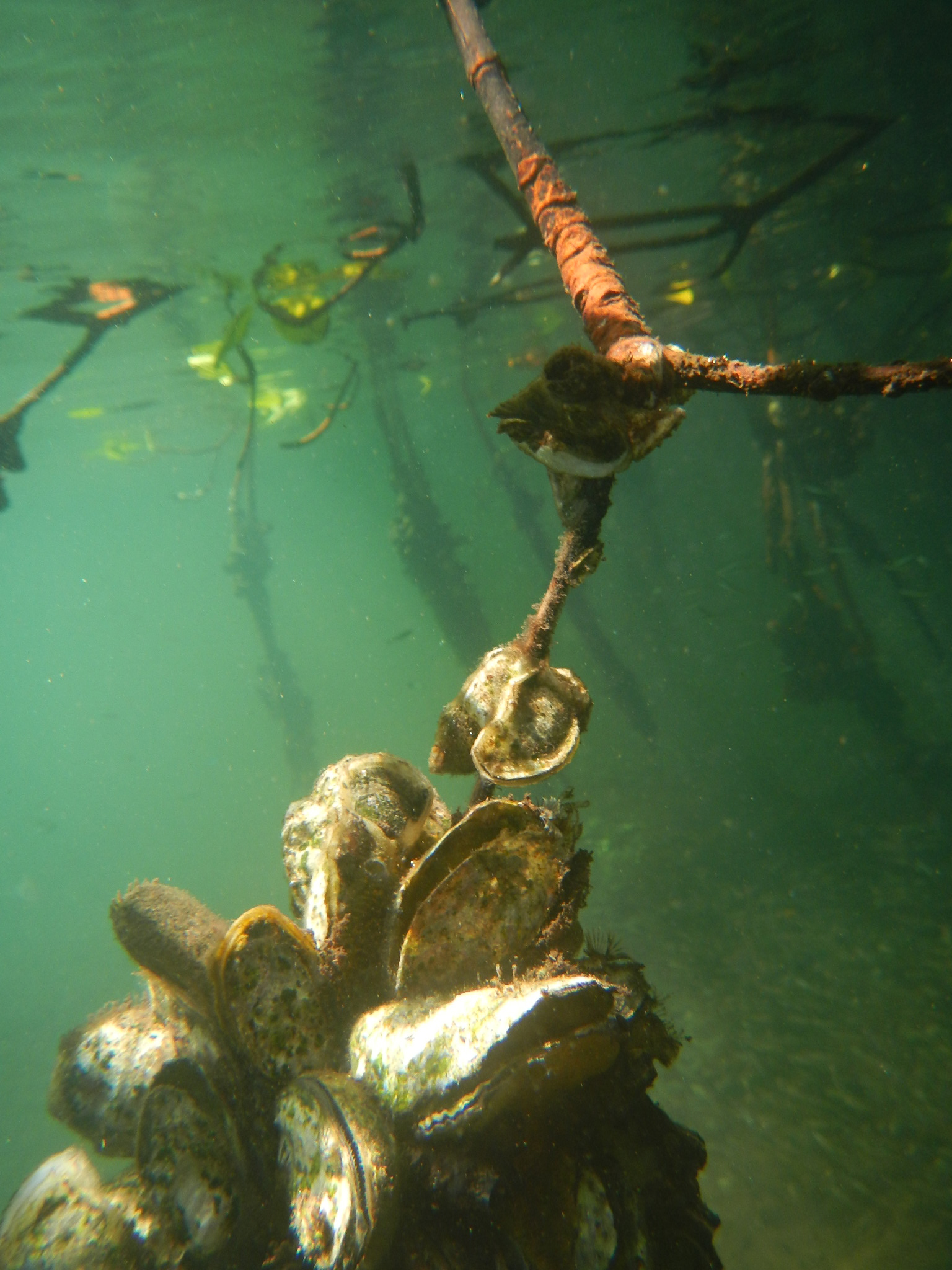by Kristen Minogue and Heather Soulen
May 12 is Limerick Day, which among science aficionados is a time to wax poetic about the joys of research. Or not. When you’re an ecologist, sometimes research is muddy, smelly, or just plain weird. Electric skillets and marbles can become safety features. But then, the thrill of climbing a 120-foot tour can remind you why it’s all worthwhile.
While some limericists adhere rigidly to the anapestic meter, the one thing all limericks have in common is the familiar A-A-B-B-A rhyme scheme. So enjoy a few snapshots in verse about the lesser-known side of environmental science:
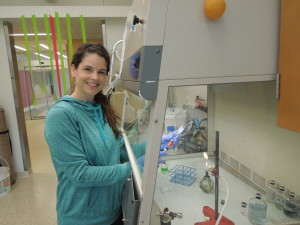
Ally Soren, Microbial Ecology Lab technician. (SERC)
The Sweet Smell of Science
Are those cow guts that make the lab stench?
Fatty acids make my stomach clench.
They smell like fish and feet
But the microbes must eat,
While my lab mates avoid my work bench.


